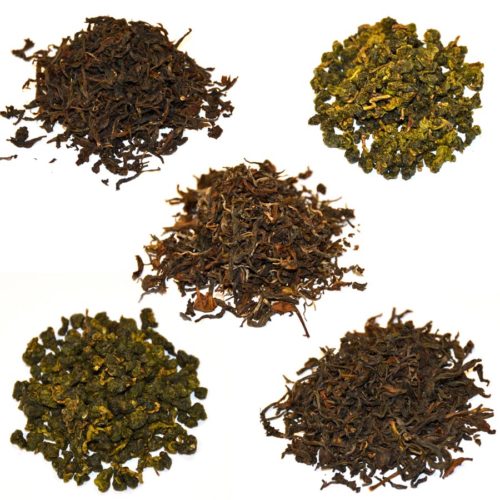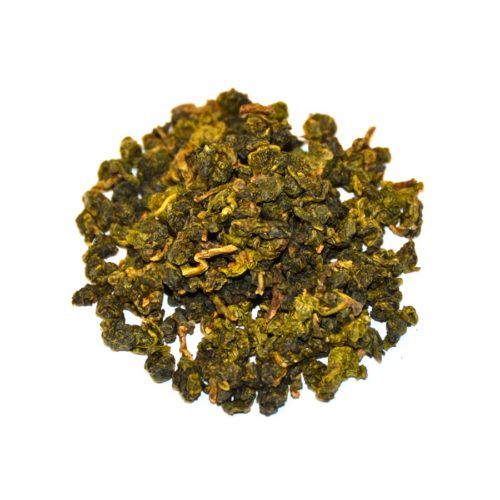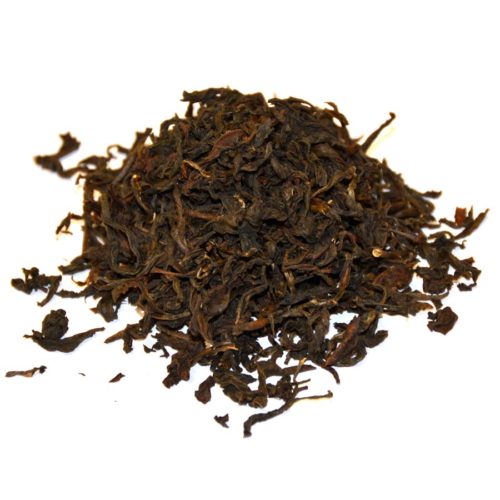Cafe Matcha Green Tea Powder Shizuoka Japan
$15.00 – $30.00
This extraordinary single origin high quality grade M4 Japanese green tea Matcha was grown organically on the Hattori farm in Shizuoka, Japan.
Flavors Notes: Grassy, softly nutty, light umami, earthy undertone, bittersweet, fragrant, sweet aftertaste. Less bitter than lower grade matchas. Great drinking by itself or with your favorite cream or sweetener.
Product Description
HOW TO BREW
Sift or add 1-2 tsp matcha powder into a cup or drinking bowl using a small sifter or wisk.
Add 2oz hot water. For best results use water just under a boil.
Whisk vigorously in a zig zag motion until the tea is frothy. Enjoy your matcha tea straight from the bowl.
We also encourage you to experiment with brewing this tea and develop your own brewing methods. Brew the tea as you like it!
Flavor Profile
Tea farmer Yoshiaki Hattori uses a traditional stone-mill to grind his matcha, resulting in an ultrafine powder with a creamy texture.
Cafe Matcha is made from leaves from the 1st and 2nd spring harvests. This combines the vibrant, fine flavors of the 1st harvest with the more robust character of the 2nd harvest.
Grassy and softly nutty, with an earthy undertone. Light umami. Bittersweet, with a fragrant sweet aftertaste.
Production Notes
Matcha is a type of green tea that is famous in Japan, but originated in China. It is made from the same Camellia sinensis leaves as all other true teas, but is ground into a fine powder to be mixed into water.
Unlike most matcha, Cafe Matcha is produced in small batches from just one garden. Tea farmer Yoshiaki Hattori grows the teas with all-natural cultivation in the garden, which is unusual in Japan where many farms use conventional chemicals. He also uses a traditional stone-mill to make incredibly fine matcha powder.
Yoshiaki’s business partner Kunikazu “Kuni” Mochitani helps run the solar-powered panels that shade the tea plants instead of the typical cloth shading. The solar energy helps offset the power needs of the factory.
This synergy has created a truly unique matcha in terms of production.
Production Steps
- Tea plants are shaded from sunlight for several weeks before harvest. This is also done for teas like gyokuro and kabusecha. Because the tea plants do not undergo photosynthesis, they have lower polyphenols and higher L-theanine.
- The plants are harvested around May 20. The leaves are harvested by handheld machine, and then de-stemmed and de-veined. Then, the leaves are quickly steamed. This is called tencha.
- Tencha is stored at 41F (5C), just barely above freezing, until September or October, to allow the leaves to mature and age. The cold-storage process increases the sweetness and umami of the leaves, and reduces bitterness and astringency.
- By October, the tencha is ground into matcha powder. Yoshiaki uses a traditional granite stone mill to grind the leaves into matcha powder, producing just 40-50g in 1 hour. This slow method results in a consistent, ultrafine powder, around 5 microns in size. This powder is finer than matcha produced at the large factories, and results in a smoother, creamier cup.





